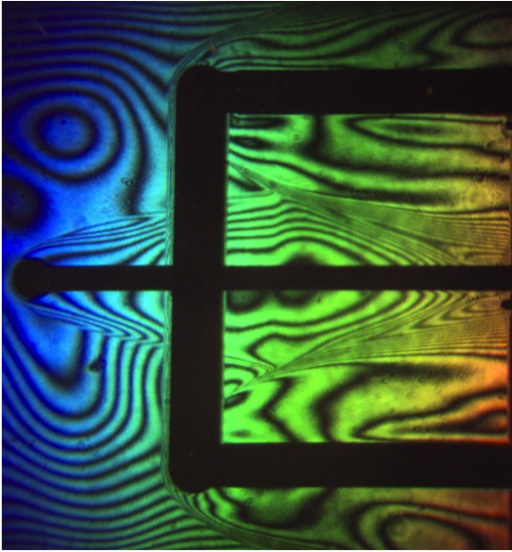Research
My research interests centre around using laser-based imaging and spectroscopy to characterise flows and other phase objects. I have several primary areas within which I work and supervise postgraduate students.
Super-orbital flow
Vehicles entering a planetary atmosphere generate a layer of high temperature chemical reacting gas. This layer can have a major impact on the aerodynamics and surface heating of the vehicle as it passes through the atmosphere. Such flows are simulated using ground-based facilities - shock tunnels and expansion tubes. My work seeks to characterise the flow in these facilities through direct measurement of flow parameters as well as measurement of radiation emitted by the flow. We have successfully used interferometry to measure density, electron concentrations and temperatures. Emission spectroscopy has yielded temperatures and spectral radiances from the flow.
Supersonic combustion
Future hypersonic vehicles are likely to be powered with multi-stage engines that will include a supersonic combustion ramjet stage. These air-breathing engines mix fuel (such as hydrogen) carried on-board with air from an intake at supersonic speeds. There are significant challenges in ensuring the fuel and air mix and that thrust is generated during the short residence time of the engine. We use emission spectroscopy and laser-induced fluorescence to examine mixing regions and to provide evidence of combustion.
Biological Imaging
I also develop techniques for biological imaging. During a recent sabbatical in Innsbruck, I developed a successful technique for quantitative imaging using differential interference contrast microscopy. I am also developing a super-resolution Coherent anti-Stokes Raman scattering (CARS) technique for improved microscopic imaging.
